Overview
Unlike a traditional coding assignment, we were tasked to build a camera obscura, a dark box with a pinhole on one face and a screen on the opposite face. We learned about the effects of aperture and ISO on the granularity of pictures, which were especially enhanced with a camera obscura. All pictures are rotated 180 degrees for visual intuition, but otherwise the picture captured by the camera obscura would be reversed. In reality, the image captured by the camera obscura is what you would see in real life but flipped on the x and y axis.
Design
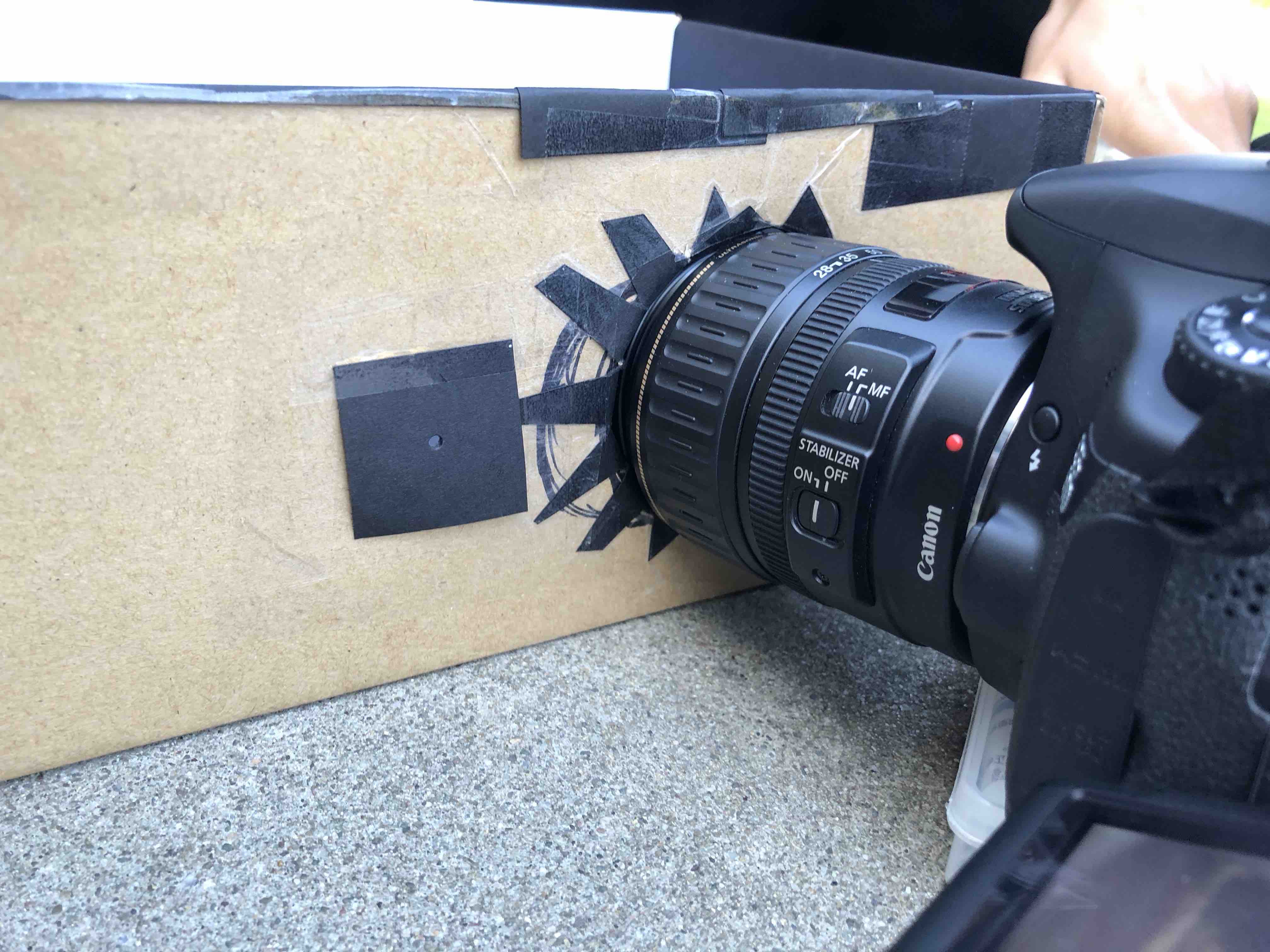
|
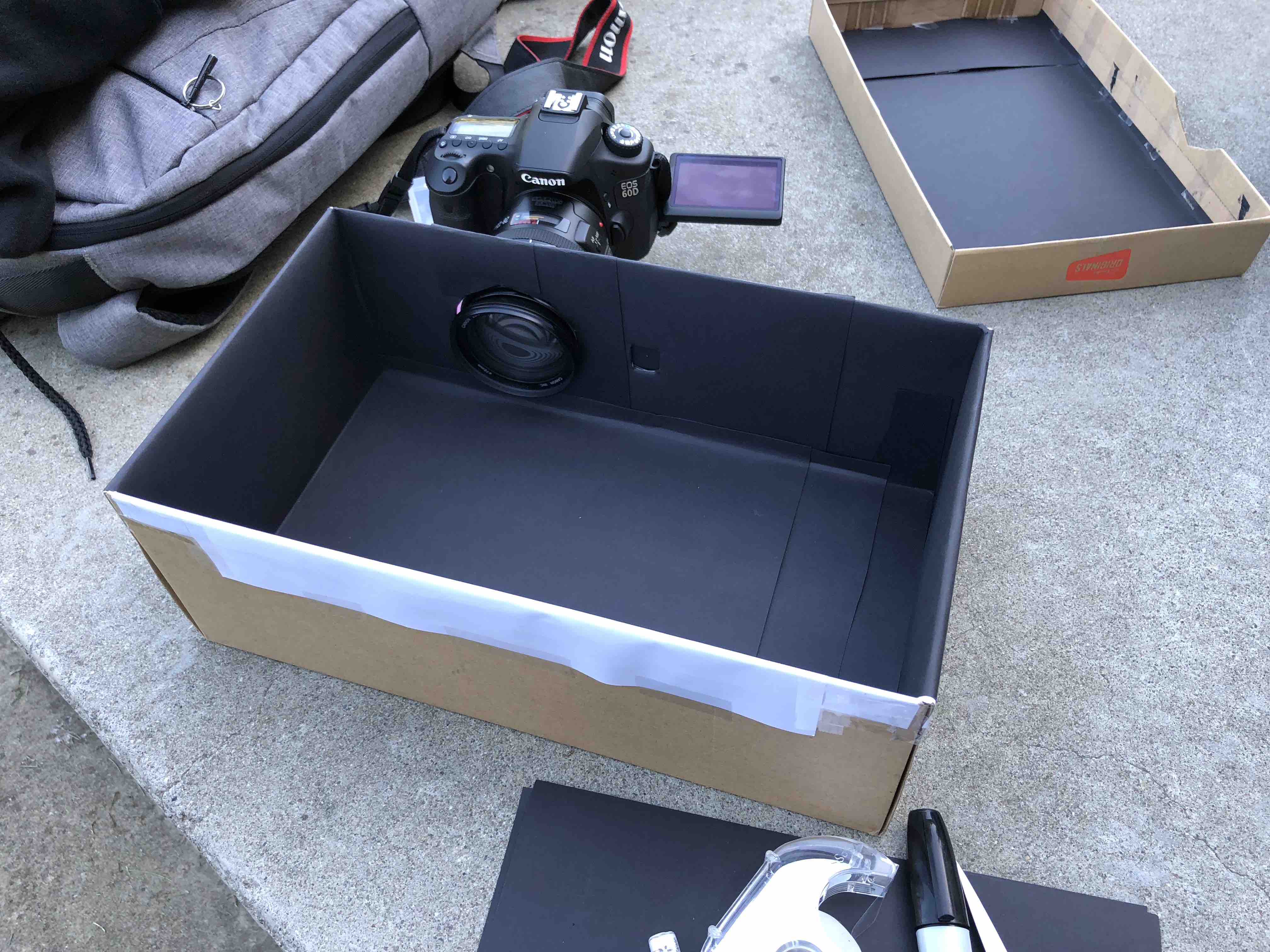
|
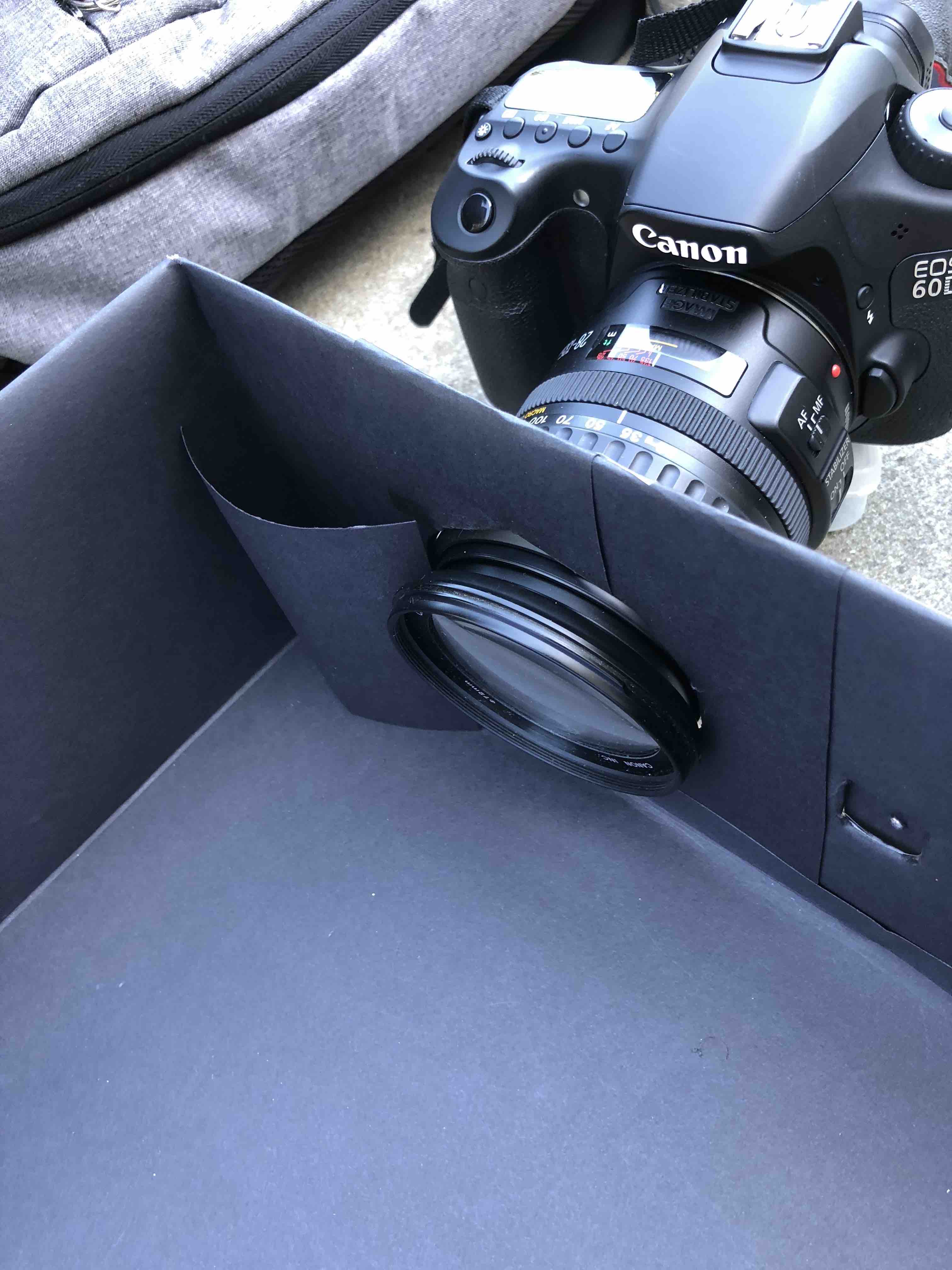 |
We decided to use a shoebox and make the appropriate incisions with an exacto knife. To reduce the light present in the box, we covered the box with black paper. Ideally, there should be only one sink for light to travel through: the pinhole. However, due to human error the hole for the camera was not an exact fit, and therefore more light leaked than intended, creating artifacts. Our ingenuity to solve this problem will be shown in the "Hoodie Power" section. We used 0.1 mm, 3 mm, and 5 mm hole slides for the pinhole; we switched aperture for the pinhole by taping a black paper slide, then changing slides for subsequent exposures. The ideal scenario would be to calculate the aperture pinhole sizes with relation to the focal length, but we did not do so in this project.
Results
| Pinhole Aperture: 0.1 mm | Pinhole Aperture: 3 mm | Pinhole Aperture: 5 mm |
|---|---|---|

|
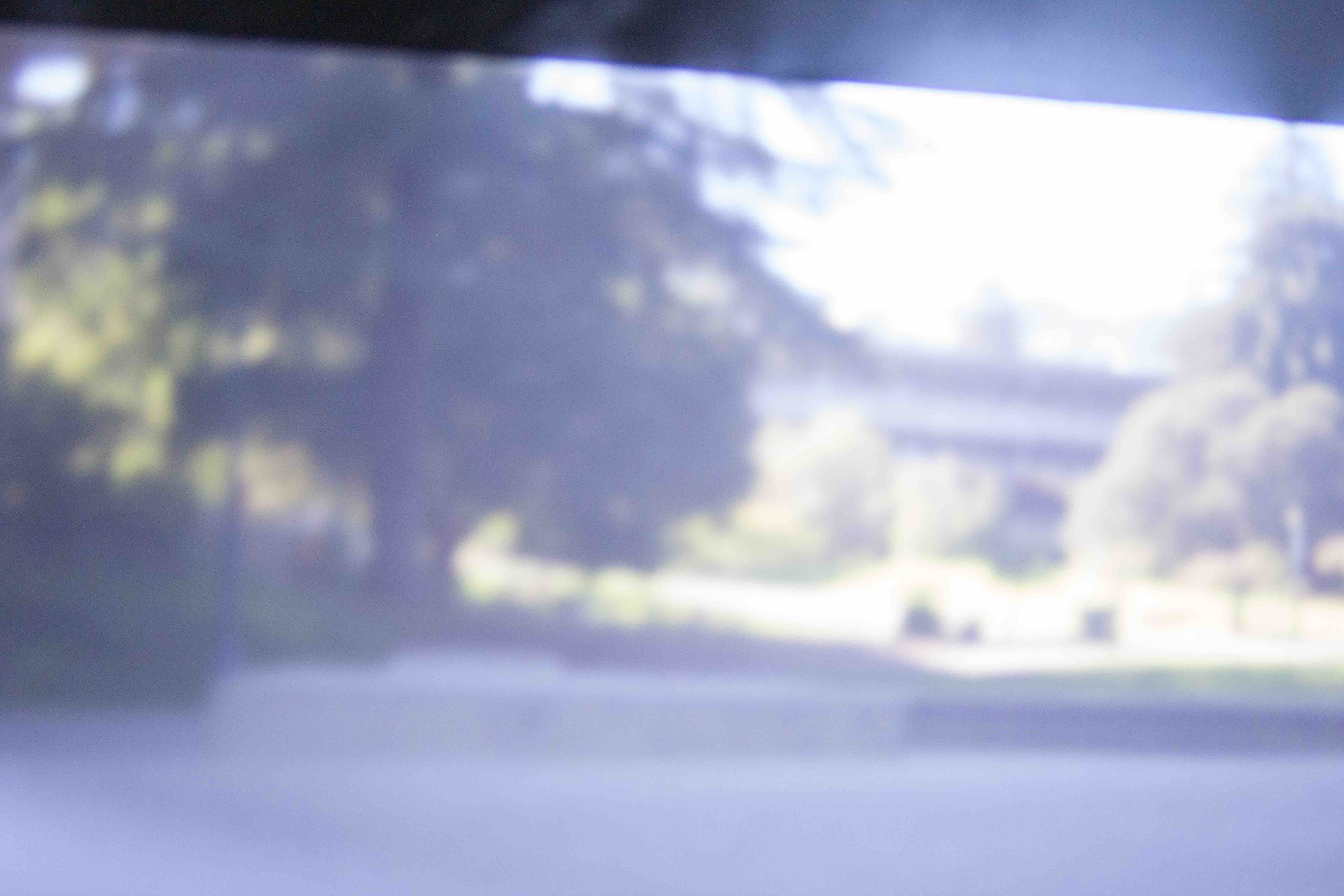
|
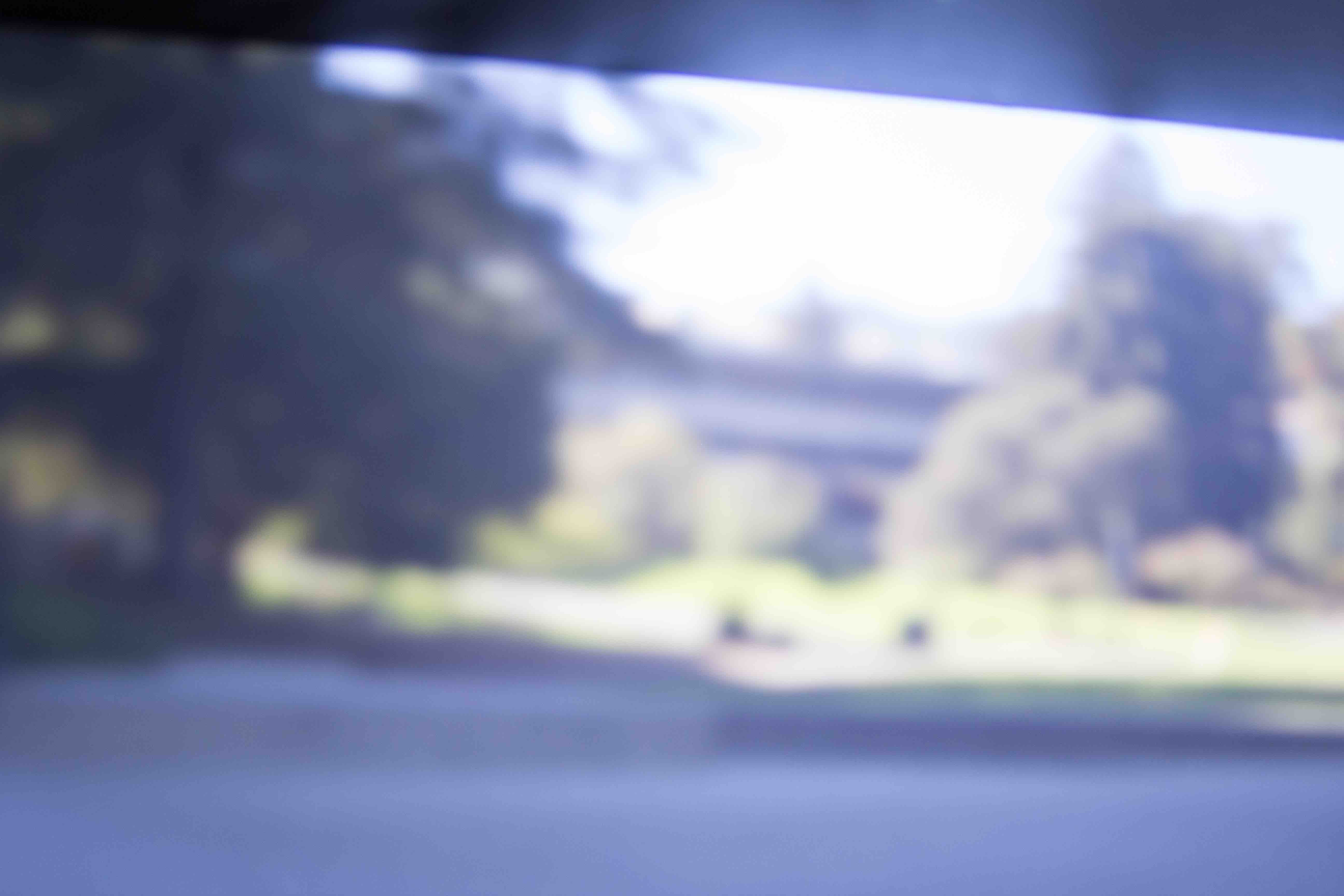 |
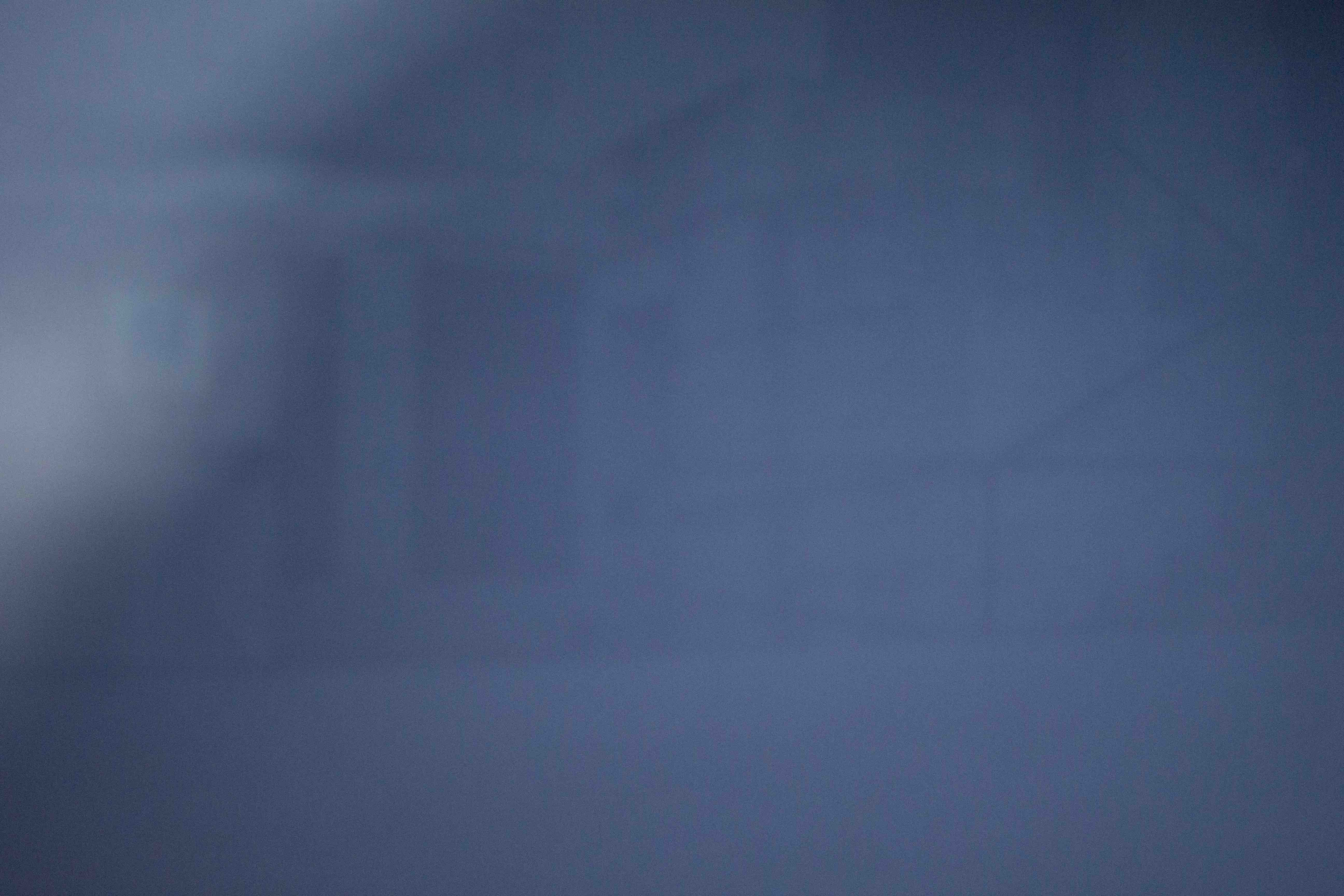
|
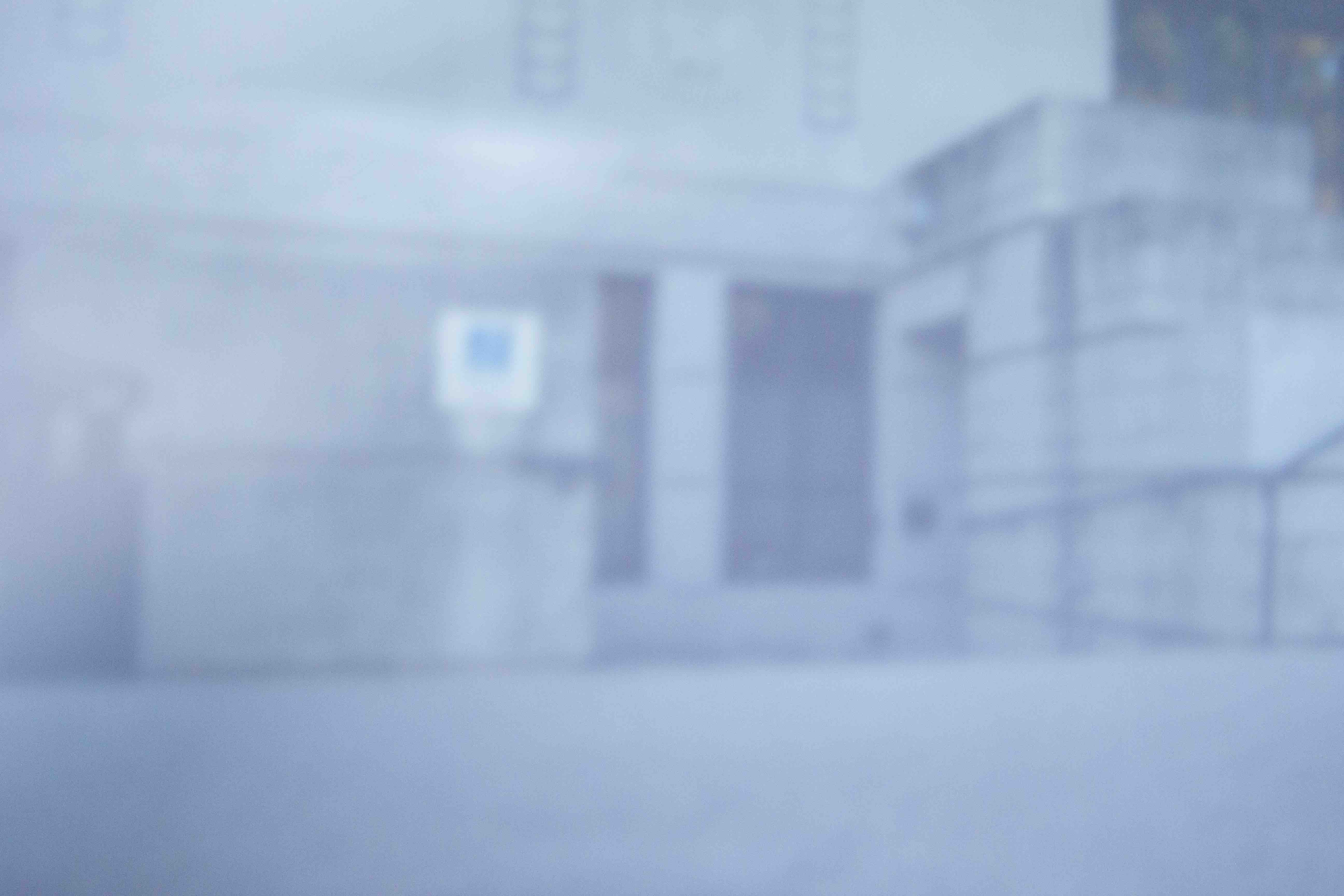
|
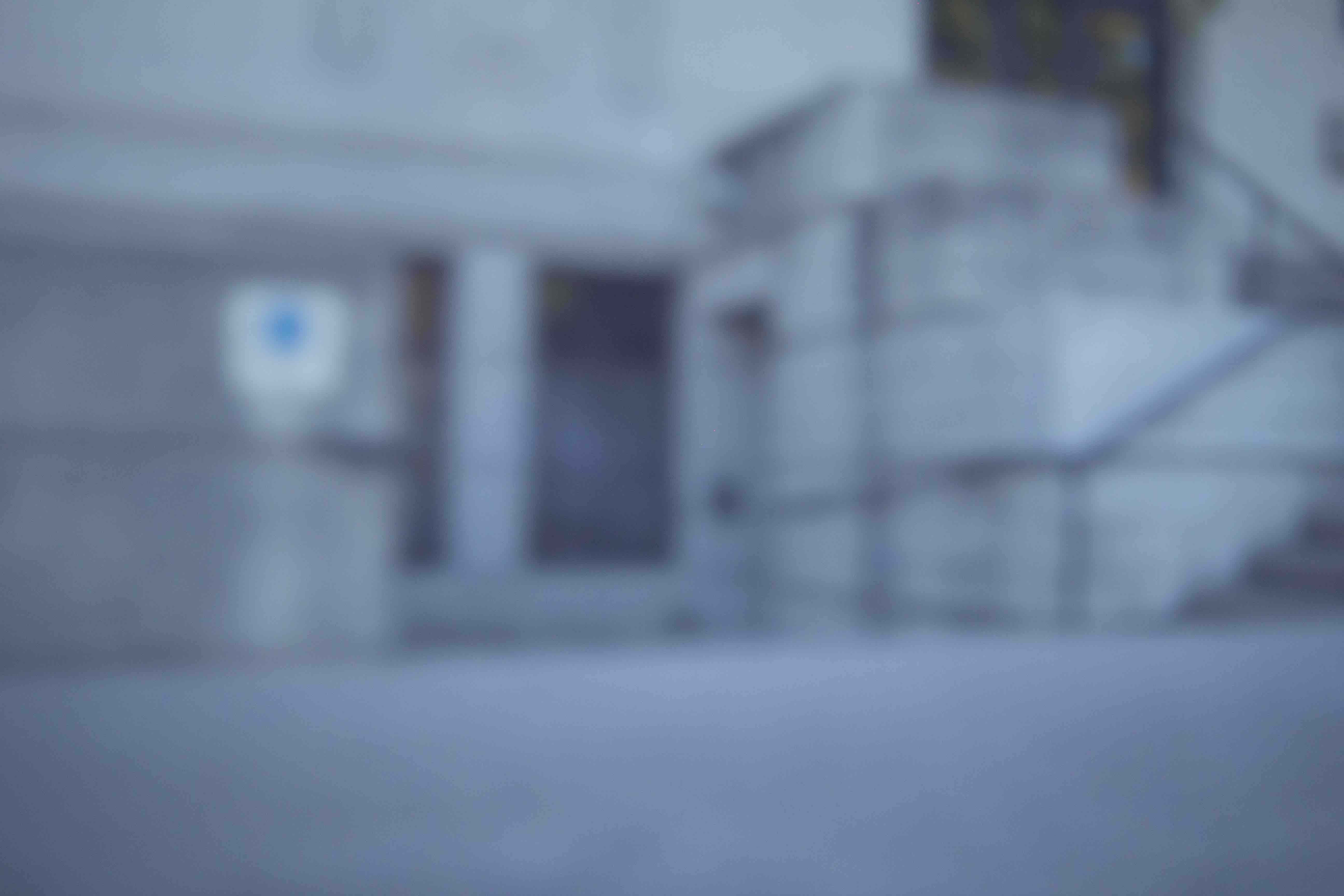 |
Image Analysis
Camera Settings
We generally kept our camera aperture and shutter speed settings the same. The only thing we changed is the ISO because that determines the light sensitivity of the image sensors, and we changed according to our sense of light for each exposure.
Artifacts
You can clearly see for the 0.1 mm aperture, there are artifacts on the sides; they seem like light streaks that cover on top of the image. This was due to the imperfections in the hole meant for the camera as shown in the third picture under design. We tried to cover this imperfection with another piece of black paper. However, clearly this did not adequately prevent artifacts from forming. Although on higher pinhole aperture settings, the artifacts seem to not appear. There is more light in the exposure for higher apertures because the pinhole size is larger, thus there are less obvious artifacts that appear because the overall saturation of light is higher.
Best Pinhole Size
We found that for the smallest aperture 0.1 mm, exposures where sunlight was antiparallel to the pinhole had the best results, as shown by the first set of exposures. However, for exposures where there sunlight was not antiparallel, the highest aperture 5 mm captured shapes and contrast the best, as shown by the second set of exposures. This intuitively makes sense as for smaller pinhole sizes (i.e smaller apertures), there is less light that goes into the exposure, and therefore when shot in a space with more light, this acts as a balance. And the reverse also applies: bigger pinhole sizes for places that do not have as much light.
Hoodie Power
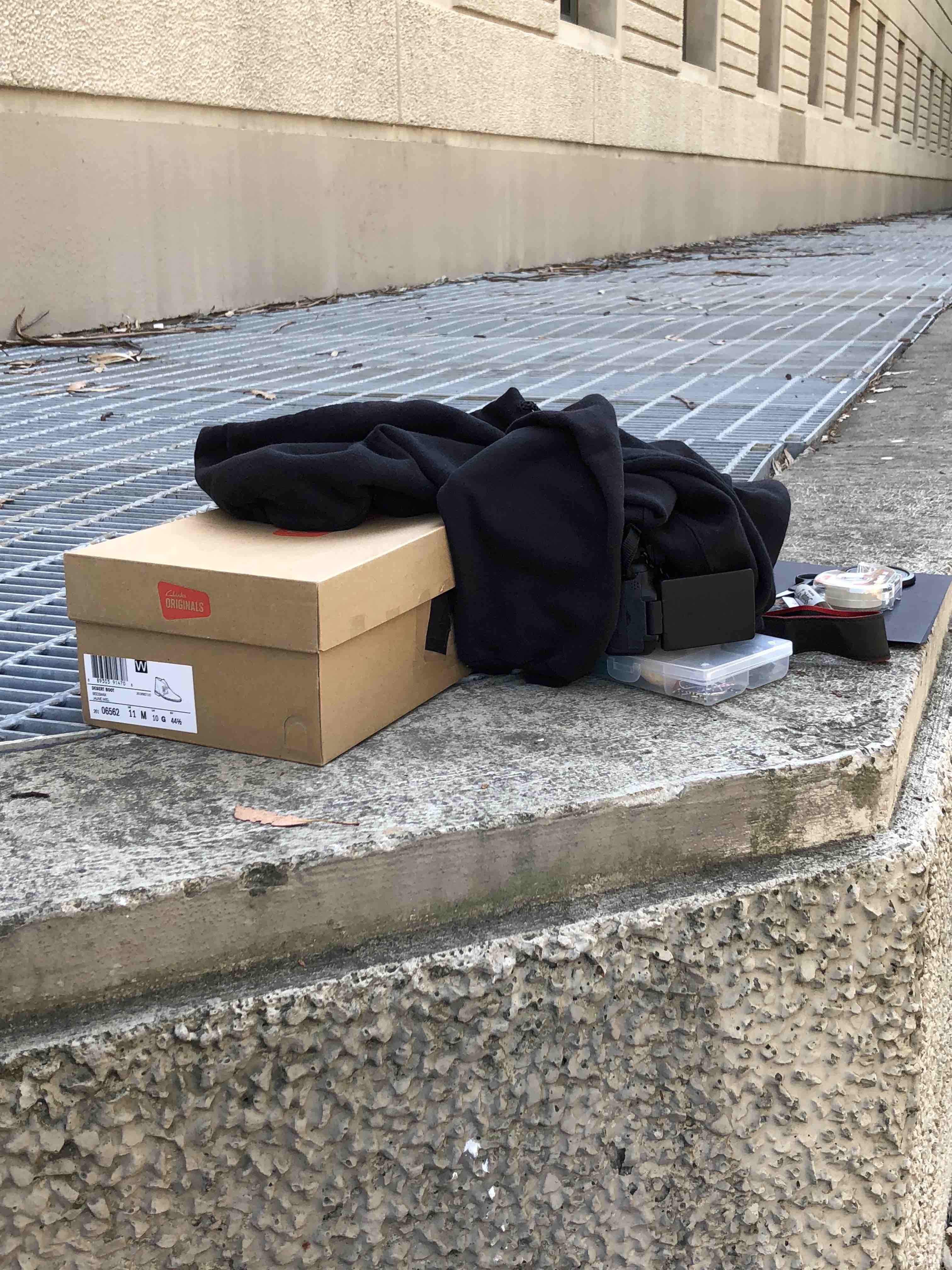
| 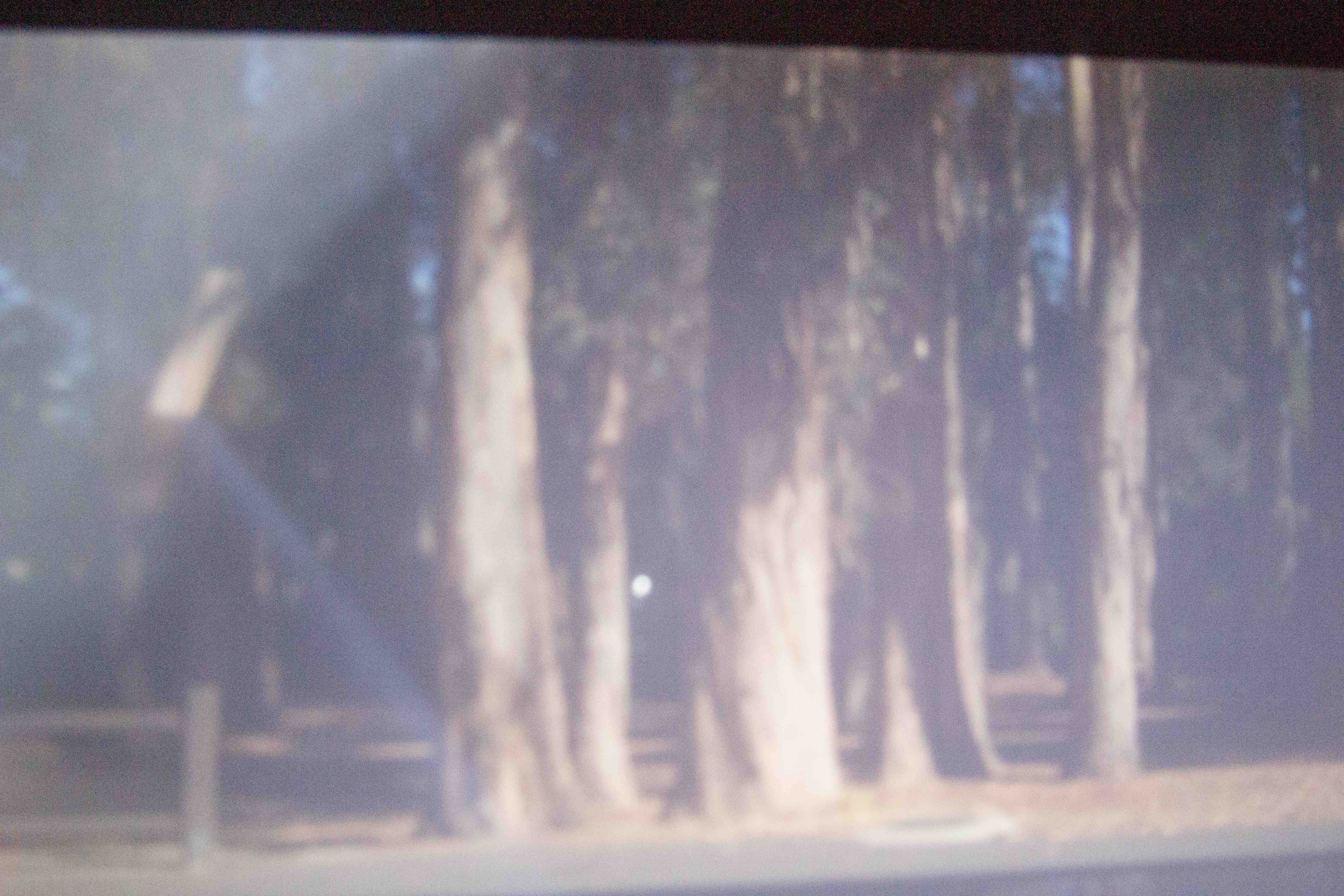
|
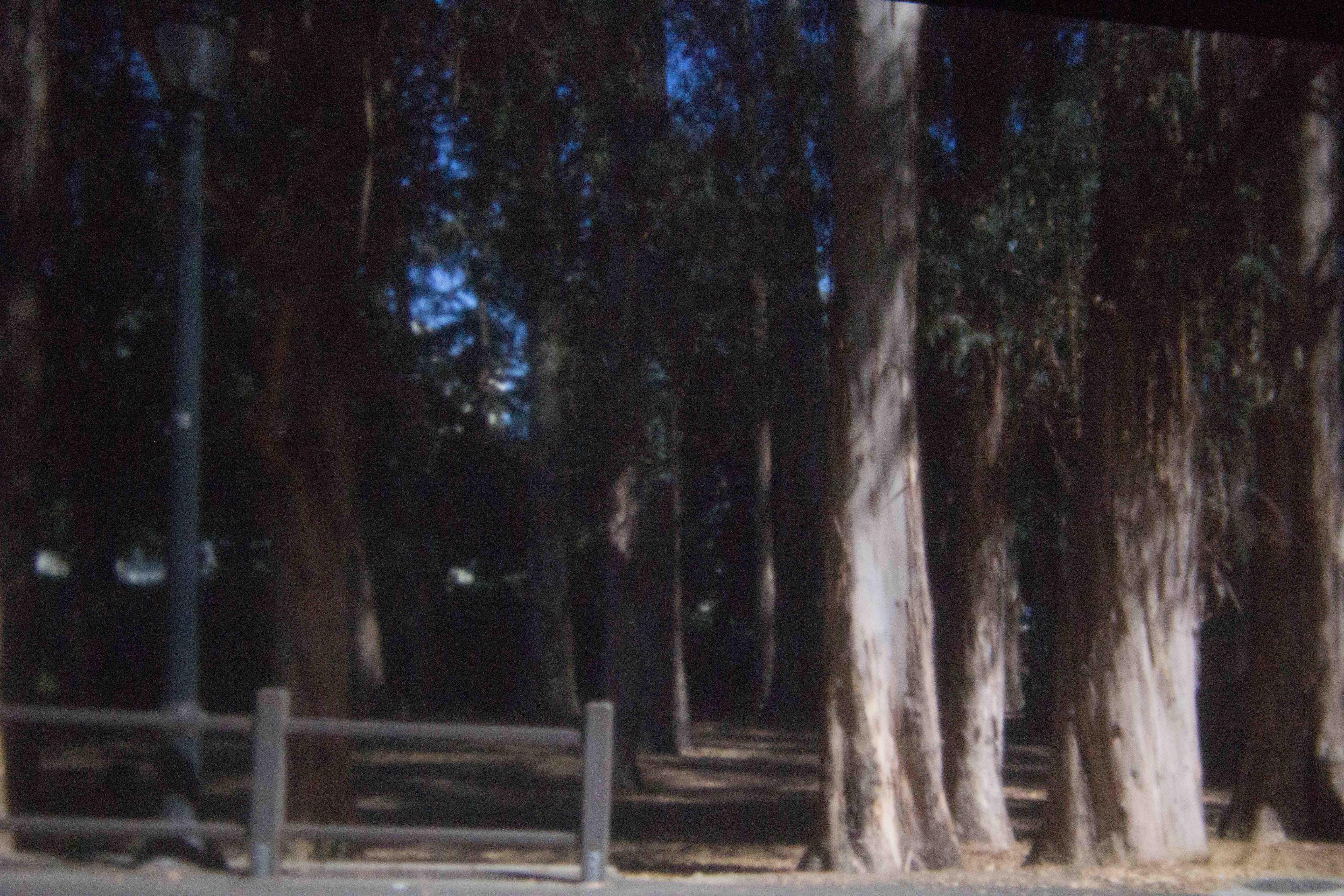
|
To try to fix the artifacts for smaller aperture sizes, we covered the the camera-hole apparatus with a hoodie to reduce even more light from entering the box besides the pinhole. Surprisingly, this was a spectacular fix and we captured a decent exposure of trees. The exposure was quality enough to see the sunlight casted over the trees, and the shadows under the trees.
Additional Photos
The following pictures were all captured with 0.1 mm pinhole size.

|
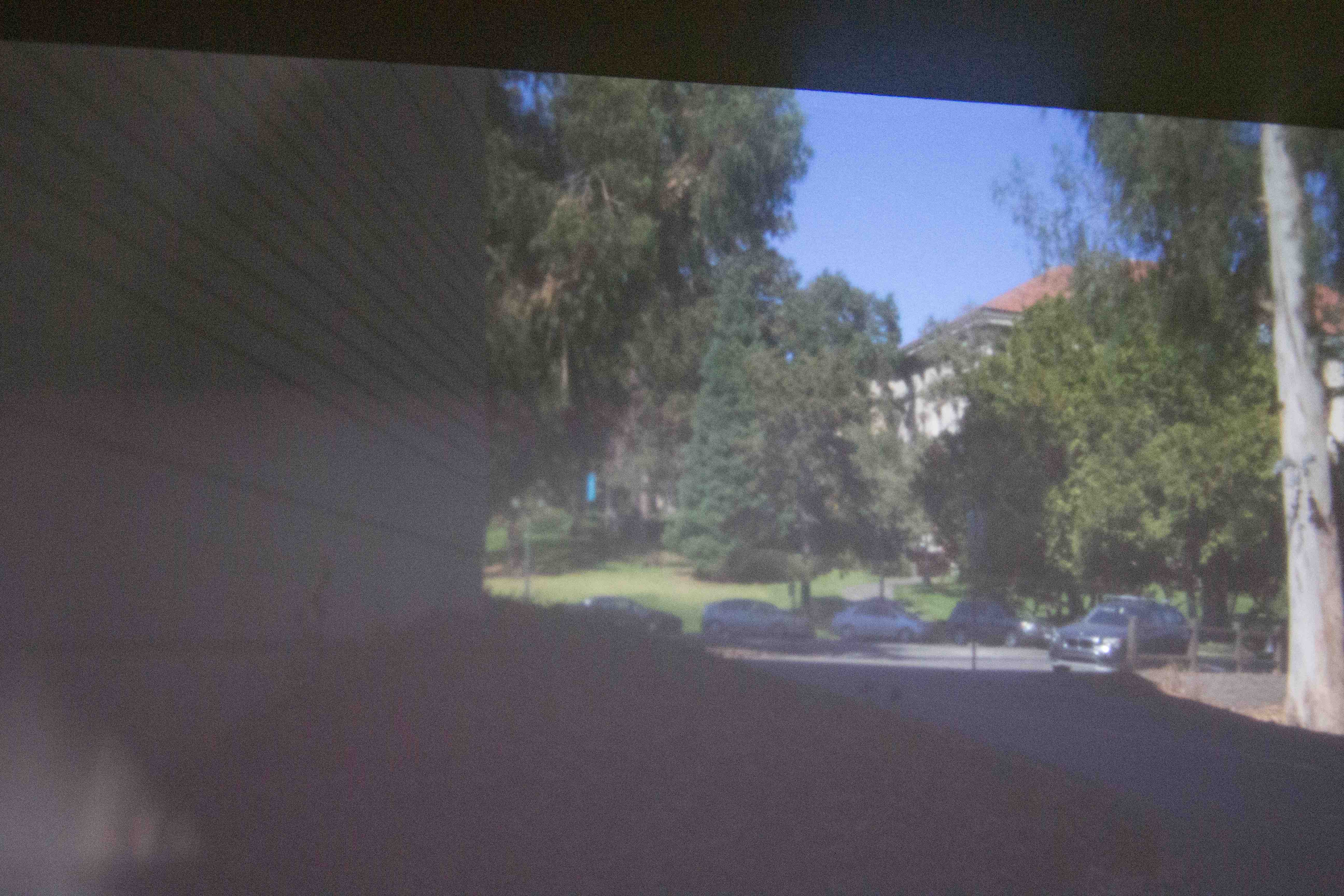
|

|
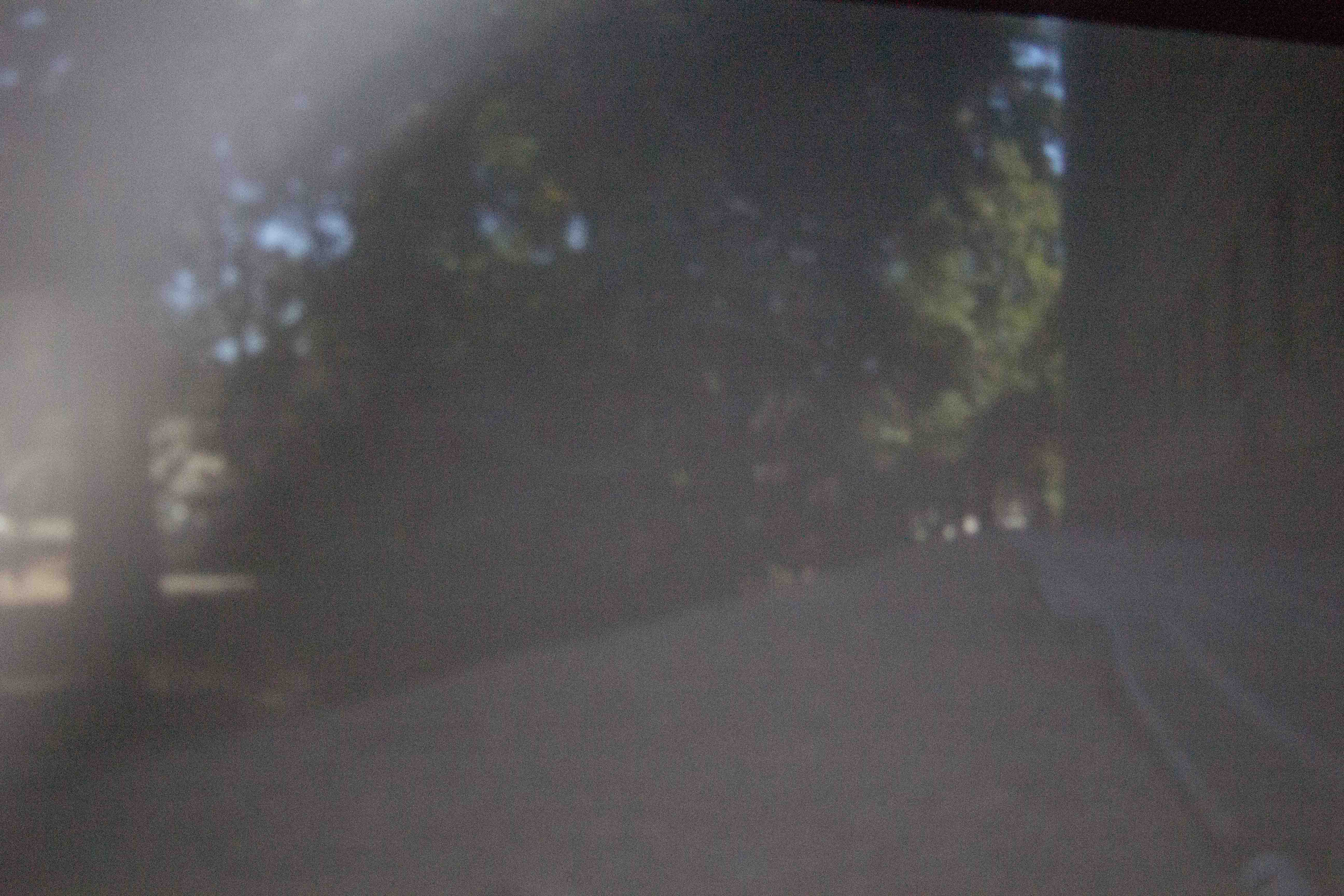
|
Extra credit
The following pictures were all captured with 0.1 mm pinhole size of a room.
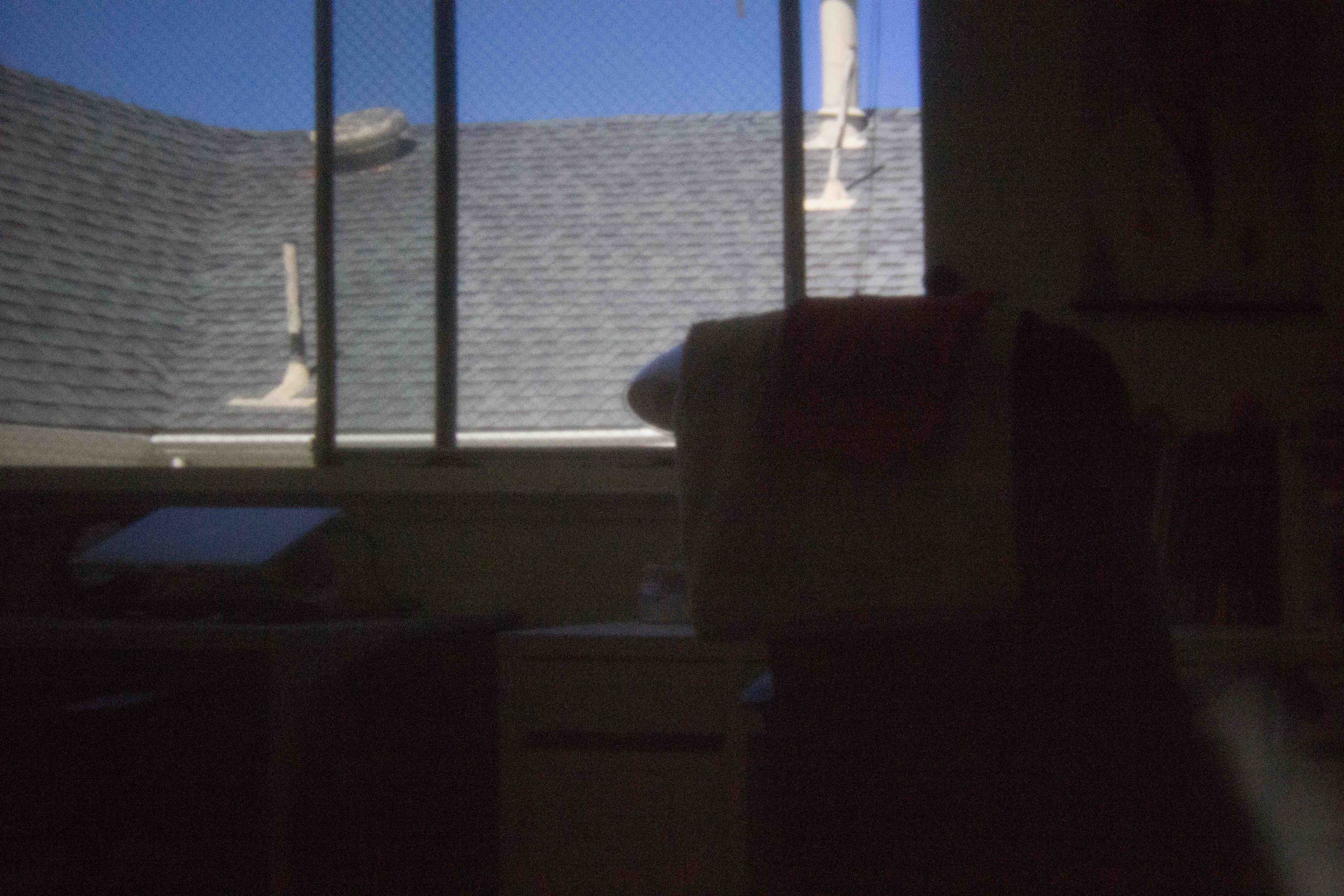 |
 |